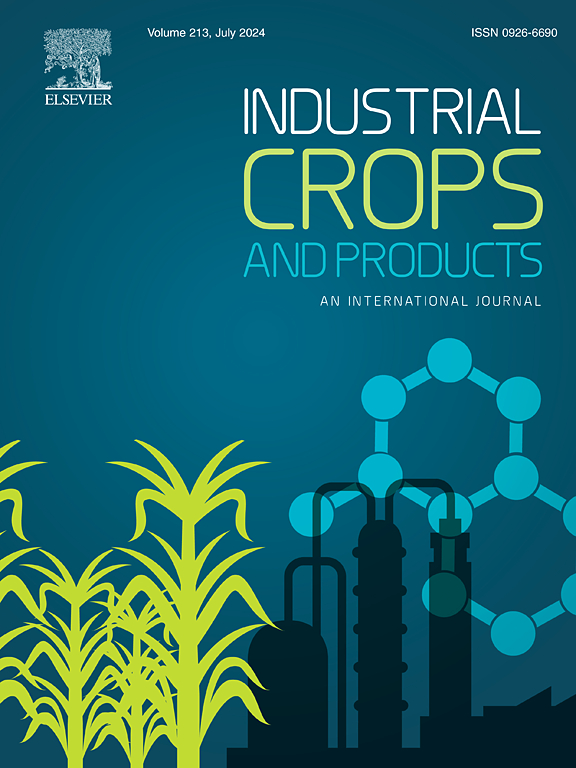IPPI, the core enzyme in C5-unit metabolism, regulates terpenoid biosynthesis in Artemisia annua
IF 5.6
1区 农林科学
Q1 AGRICULTURAL ENGINEERING
引用次数: 0
Abstract
In plants, isopentenyl diphosphate isomerase (IPPI) plays a key role in regulating terpenoid biosynthesis by reversibly converting IPP and DMADP, two universal C5 units derived from the plastidial MEP and cytoplasmic MVA pathways. However, the regulatory mechanisms of IPPIs across cellular compartments remain poorly understood. Artemisia annua, a medicinal plant renowned for its high yield of terpenoids, particularly the antimalarial drug artemisinin, serves as an excellent model for studying IPPIs function. In this study, we identified a novel dual-localized IPPI (AaIPPI2) in A. annua alongside the previously characterized plastid-localized AaIPPI1, and explored their contributions to terpenoid biosynthesis. Our results showed that AaIPPI2, primarily localized in cytoplasm, exhibited significantly lower catalytic activity toward IPP compared to AaIPPI1. Overexpression of AaIPPIs in their respective compartments enhanced the production of monoterpenes, particularly camphene and camphor. Interestingly, although artemisinin levels increased to 1.5 mg/g FW, the overall sesquiterpene synthesis did not significantly rise. This suggested that adequate levels of AaIPPI2 and its IPP substrates were manufactured in cytoplasm to compensate for its lower activity, thereby supporting sesquiterpene biosynthesis. This mechanism also facilitated the accumulation of cytoplasmic IPP and its flux into plastids for monoterpene biosynthesis. Conversely, monoterpene biosynthesis was limited by the availability of AaIPPI1 and IPP substrates. Additionally, interference with AaIPPI1 expression impaired terpenoid synthesis in both compartments, indicating that IPP formation and its normal flow between cytoplasm and plastids were disrupted. These findings enhance our understanding of terpenoid synthesis regulation in A. annua and suggest strategies for optimizing terpenoid production in plants.
求助全文
约1分钟内获得全文
求助全文
来源期刊

Industrial Crops and Products
农林科学-农业工程
CiteScore
9.50
自引率
8.50%
发文量
1518
审稿时长
43 days
期刊介绍:
Industrial Crops and Products is an International Journal publishing academic and industrial research on industrial (defined as non-food/non-feed) crops and products. Papers concern both crop-oriented and bio-based materials from crops-oriented research, and should be of interest to an international audience, hypothesis driven, and where comparisons are made statistics performed.
 求助内容:
求助内容: 应助结果提醒方式:
应助结果提醒方式:


